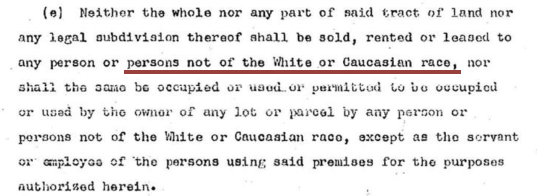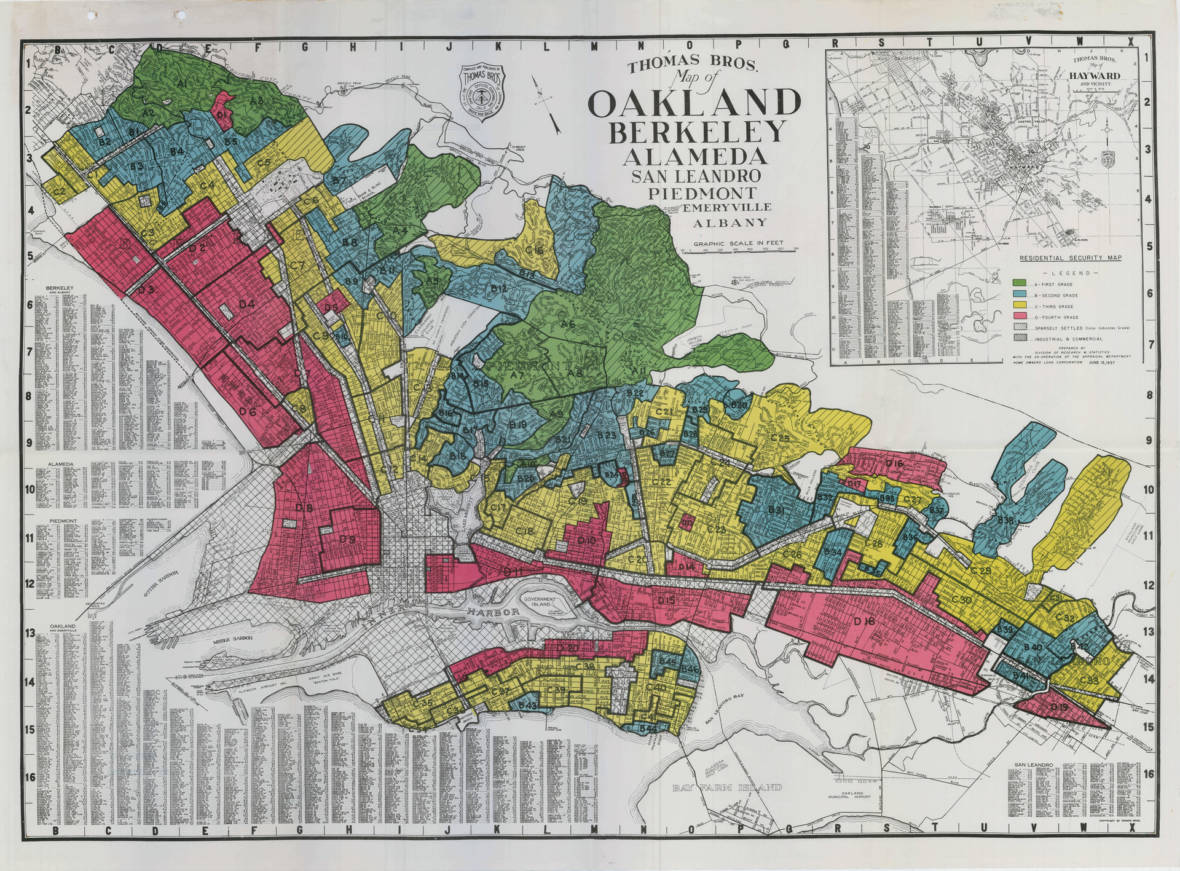Living in Richmond is Not the Same for Everyone
Like many cities across the United States, life in Richmond is
different depending on who you are and where you live. We see this
most clearly by looking at the different impacts of the housing crisis
on different groups of people, and most starkly in the housing
outcomes between White and Black populations. Let’s look at some of
these differences across zoning, renting vs. homeownership, and
evictions.
Where you live
Zoning laws shape how we live. From commercial shopping centers to
farms to new housing, they govern what can be built, and where. These
highly prescriptive rules dictate construction between single-family
homes and dense multi-family apartment complexes. Research by the
Othering and Belonging Institute shows that residing in single-family
zones is highly correlated with better quality-of-life: in fact, they
state, “...cities with high levels of single-family zoning have
greater resources in virtually every statistic we are able to
measure.”
However, residence in single family zones break sharply on racial
lines. White residents are more likely to live in single-family zones,
while Black residents are more likely to reside in multifamily zones.

Who owns homes in Richmond?
Homeownership is one of the primary methods for building generational
wealth and accessing the improved quality-of-life that comes with it.
Owning a home can provide greater stability than renting by allowing
residents to stay in their community, build long-term equity, and to
invest in their community’s education and other public services
through their home’s property taxes. Like many other cities in California, Richmond’s homeownership has
often been restricted to wealthy white neighborhoods and maintained
through policies such as Proposition 13, which defines state increase
in property tax.
In Richmond, white residents own homes at more than
2x the rate of Black residents and
1.3x that of Hispanic residents.
Meanwhile, white residents rent less. Compared to white residents,
Hispanic residents rent almost 2x more, and Black residents rent
around 1.5x more.
Who faces eviction?
Who is evicted is related to one’s socioeconomic and geographic
reality. Eviction is one of the most common methods of displacement,
which is when a resident is forced to move against their will.
Displacement can have negative effects ranging from worse physical and
mental health, more emergency room visits, lower educational outcomes
for children, food insecurity, to higher rates of future homelessness.
Using data from when tenants are officially removed from their home by
the county sheriff from January 2017 to March 2022, the Eviction
Research Network finds that there are significant racial disparities
in evictions in Richmond. Note that this dataset is a severe
undercount of the actual number of evictions occurring, but still
represents the overall trend.
While eviction moratoria during the COVID-19 pandemic reduced overall
evictions in 2020, Black and Hispanic residents are still evicted at
higher rates compared to White and Asian residents. In 2017, there
were 3.5 Black and 2.5 Hispanic evictions for every 1 White eviction.
In 2021, there were 3.5 Black evictions and 4 Hispanic eviction for
every White eviction.
All of these factors are tied with financial instability and housing
vulnerability, which is exacerbated by an eviction.






